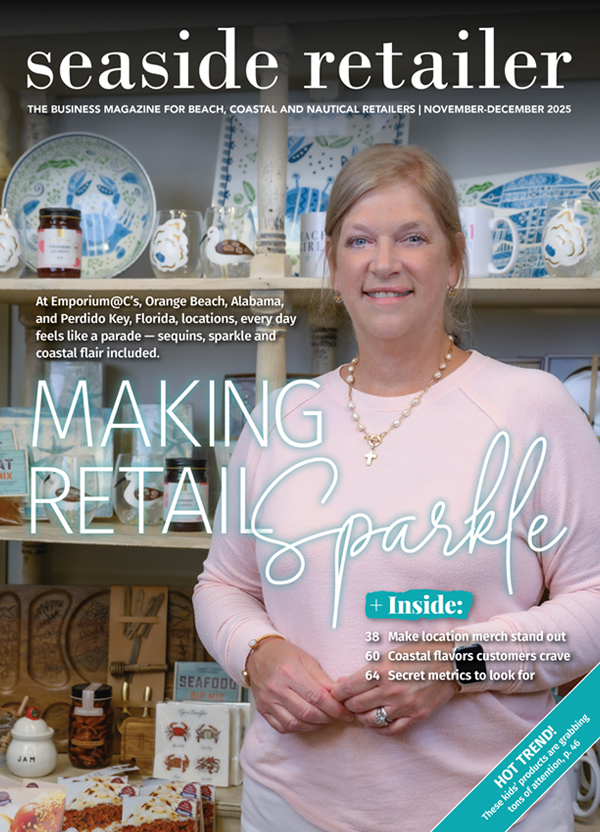
A customer walks into a crowded gift shop with the idea of finding something special. She is not exactly sure what she is looking for, but she will know it when she sees it. She wanders around the store browsing various items for sale.
Three employees are busy waiting on other customers and don’t notice her. Finally, the customer, not finding what she is looking for asks an employee if the store has a particular type of souvenir. The worker responds, “If we have it, it would be in the last aisle on the left toward the back of the store.”
"Let customers know that employees value them as someone important and that satisfaction with their shopping experience is a top priority."
The customer heads back to the general area and not seeing it, gives up and walks out. Little did she know that the exact item she was looking for was behind other items on the lowest shelf.
This true story is an excellent example of good intentions gone astray. The employees who were busy with other customers didn’t realize how simple it would have been to ask the customer to wait a moment and they’d be happy to help.
Your employees are human, and they are going to make mistakes. The important thing is how they recover from them.
Setting expectations
When customers receive poor service, they are subconsciously conditioned to expect poor service from your store going forward unless you do something to offset the experience in a positive way.
In the example given, the employee could have made it a point to assure the customer she would be happy to help her if she could wait just a few minutes or have checked to see if another associate was available to help.
Let customers know that employees value them as someone important and that satisfaction with their shopping experience is a top priority. If you failed to convey this, then you or your employees will hopefully be given the opportunity to correct the transgression.
Try to re-anchor
Use a re-anchor factor. This means that whatever you do to correct the error, make sure that it is something that will help the customer feel good about doing business with your gift shop.
Re-anchoring gives you an opportunity to replace the negative expectation of service with a positive expectation. It might be thanking them for their patience or complimenting the customer for their choice of item they eventually choose to purchase.
Most people are forgiving and if you take the time to correct a past mistake, they will replace their negative feelings with positive ones.

